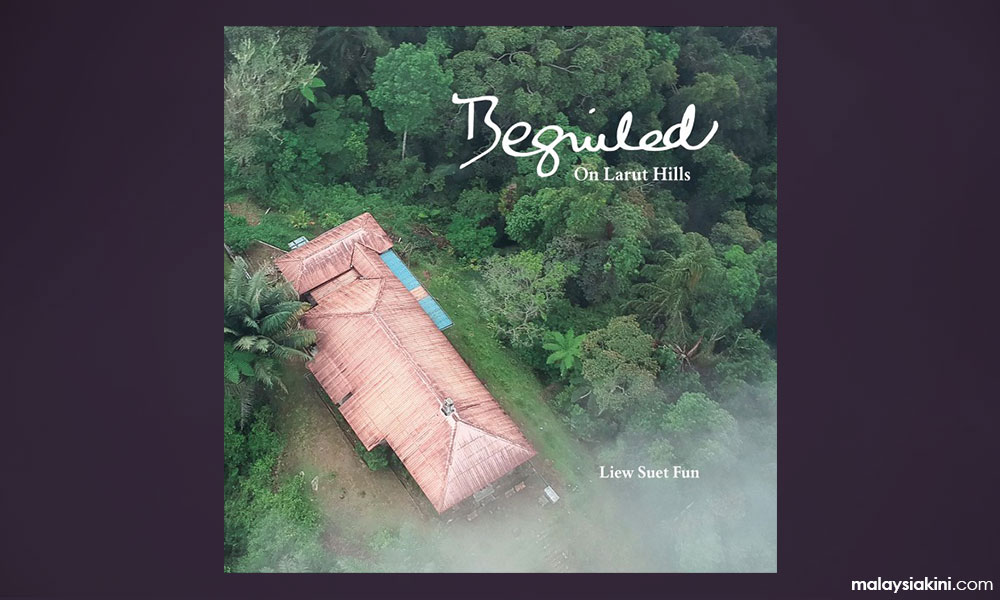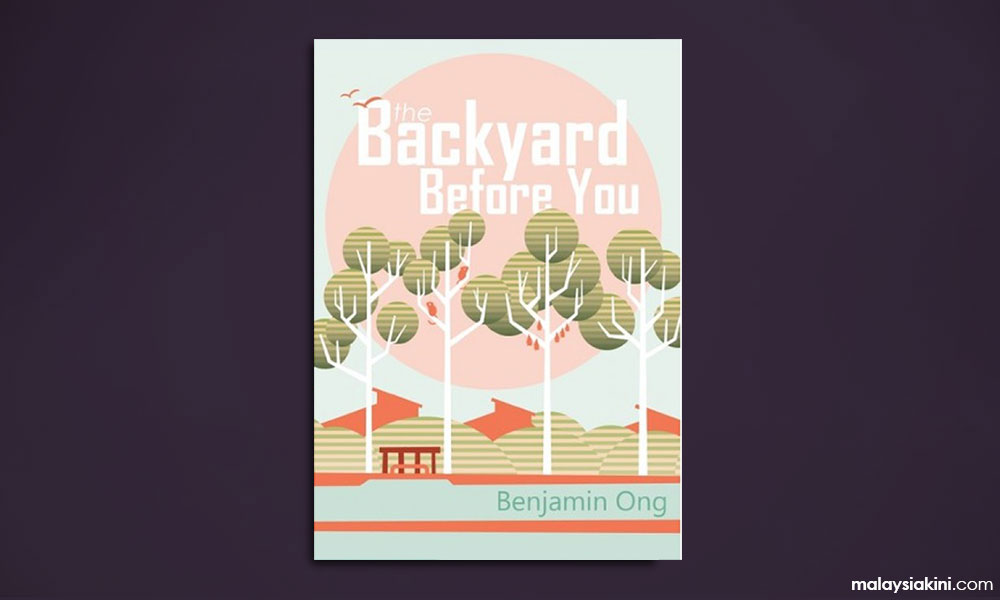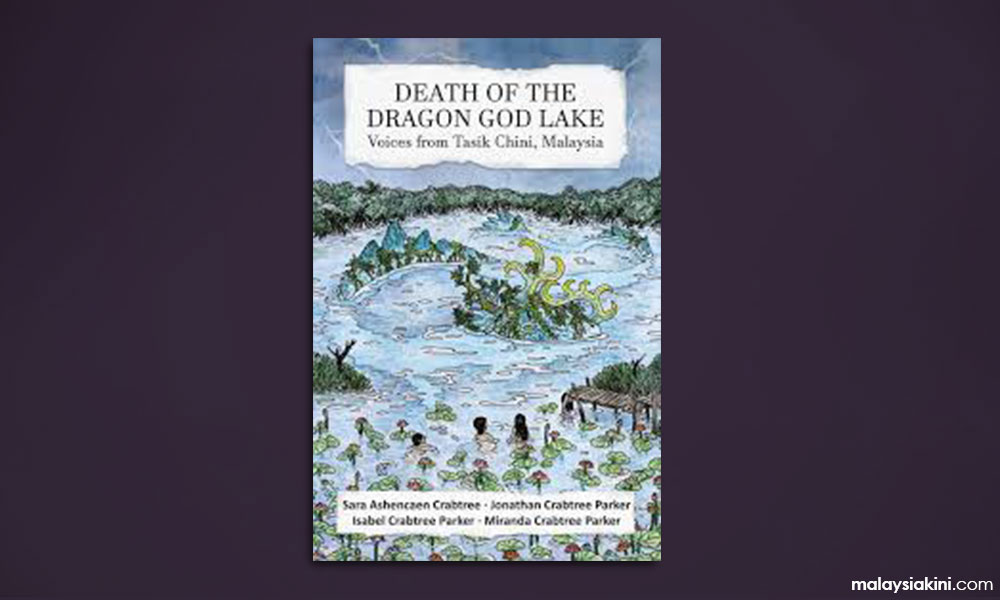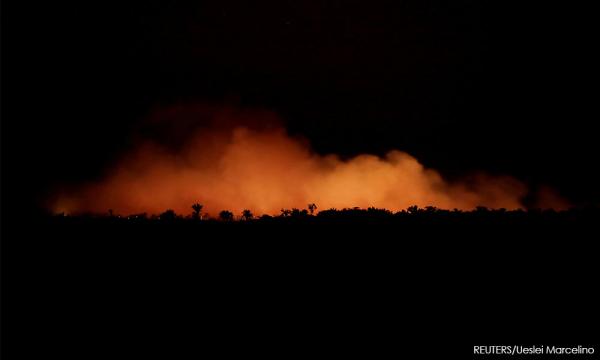BOOK REVIEW | One of the most crucial challenges regarding climate change is not whether it is happening – this is an incontrovertible fact – but how awareness and action can be translated to a local context. Part of the challenge lies in the fact that much of the discourse centres on foreign, seemingly inaccessible topics that the everyday Malaysians cannot relate to.
Take for example wildfires in Siberia or the steep losses in glacial ice in Greenland and the Alps. All of these contribute to the increasingly volatile state of the climate on a global scale. But on a daily basis, these disasters might as well be invisible. Or worse, simply accepted as inevitable.
The first step towards a solution is, therefore, to localise these issues, positioning them in a context that allows us to grasp them in the first place. When speaking about the importance of the environment, translating statistics, implications and data into relatable concepts are best achieved by humanising otherwise abstract concepts.
In some cases, the analysis of a single location sheds light into the interconnected lives of humans and the natural environment. With this in mind, three books published in recent years provide a better understanding of just how Malaysians stand to gain – and potentially lose – from our interaction with the environment.

Liew Suet Fun’s Beguiled: On Larut Hills is more than just a memoir of life on Larut Hills, formerly known as Maxwell Hill. It also goes into vast detail about the geology of the hills and the surrounding region, nestled on the southern end of the great Bintang Range in Perak.
Liew integrates both the natural history and human settlement into a singular narrative with the forces of nature, particularly water – the hills are characterised by the fall of relief rains and networks of rivers, which in turn supply water to more than 325,000 people.
The colonial vigour for the conservation of green spaces (in contrast to their efforts to convert much of Malaya’s fertile lowlands into plantations) is at least preserved today, despite the pressure towards further development of the forest reserve that measures a mere 6,878 hectares.
Histories, personal and political, are integrated into a larger narrative that speaks of the richness of the hill and just how crucial the hill remains to its surroundings. Liew humanises larger systems that are otherwise difficult and abstract, framing the book through the inclusion of stories of people who have worked and grown up on the hill.
At the same time, she touches on the spiritual and psychological aspects of such space: “...these hills, dreamy though they may seem, are not the stuff of dreams but are rooted here in the realm of reality. And the experience of such a reality, no matter how brief, reconnects us to the deepest part of ourselves and reminds us of our place in the universe.”

Benjamin Ong’s The Backyard Before You (The Rimba Project) is an interesting book, particularly because he projects environmental struggles directly into the urban environment. Despite the news of nationwide environmental degradation, one bright point is the relative success of reforestation efforts.
But rewilding does not need to be relegated to the hinterlands or rural areas – this short book is centred on the otherwise unremarkable area around Jalan 12/5 in Petaling Jaya, next to the busy Jalan Universiti. Abandoned bungalows fall apart, but the true importance of this street is how it has become a veritable green lung in itself.
“While conservation efforts must and will continue in large swathes of wild territory, there is equally a need to turn to the immediate urban environments in which we live and work... nature resists our attempts at classification; there are no lines or clear demarcations in the wild.”
In terms of biodiversity alone, this 12 hectares space in Section 12 was calculated to contain 80 unique tree species – more than that in the entirety of France.
Total ecological collapse
Although most conservation efforts focus on large fauna, such as tapirs and Malayan tigers, sustainability efforts must take into consideration the actual biodiversity of an area - plants, insects and small wildlife included no matter how small they are. Jalan 12/5 has developed into a crowded habitat, with drains taking the place of wetlands and the regrowth through the natural actions of pollinators.
This commendable strategy of “planned negligence” was possible due to cross-communication and cooperation from various stakeholders including Universiti Malaya, the local residents association and volunteers – despite the obvious pressure to develop a valuable stretch of real estate.
Jalan 12/5 is an indication that rewilding efforts can be integrated into cities, where even small stretches of idle land can help to mitigate the excesses of our current environment. Since then, Ong’s work has continued into efforts such as the Urban Biodiversity Initiative, indicating greater awareness of how the urban environment is not static and isolated from the living environment.

In sharp contrast to the hopeful tone of the above books, The Death of the Dragon God Lake (Sird, Centre for Orang Asli Concerns) is more sobering. An unconventional ethnographic study, it was based on fieldwork conducted by the Crabtree Parker family in Tasik Chini, Pahang, with a complex network of aquatic environments collectively forming the lake.
Despite being the focus of aggressive ecotourism (a double-edged sword, given the degrading effects that the tourism industry has had on local ecosystems), the destructive nature of logging and mining efforts means that total ecological collapse is but a matter of time and with it the complete disruption of the lives and society of the resident Jakun people, one of Malaysia’s indigenous people who at the time of the study numbered around 500.
What becomes clear is that the mantra of “development” – in Malaysia’s case a wholesale adoption of neoliberal market strategies aimed at the entrenchment of capitalism – has been destructive to the people who depend most on these local systems, and as a result will stand to lose the most.
One particular example detailed here is the harvesting of the tongkat ali plant which pays a pittance to its actual gatherers while the real profits are reserved for the processors and exporters downstream.
Conventional development presumes that nature is an inexhaustible resource, although the reality is that if left unchecked, the result will be the total destruction of our existing way of life. In the case of Tasik Chini, systemic racism is another factor to consider, in which the Orang Asli are treated as a marginal group – useful as political tools but otherwise neglected in the mainstream narrative.
Environmental and social justice are thus interlinked. But as the authors reflect, “people might read the book and really like it, and feel sad for Tasik Chini, but it doesn’t mean that they will necessarily do anything about it.”
Suggested useful readings:
Rachel Carson (2020 [1962]) Silent Spring Penguin, London.
Peter Dauvergne (2018) Environmentalism of the Rich MIT Press, Cambridge, Massachusetts.
Adam Minter (2020) Secondhand: Travels in the New Global Garage Sale Bloomsbury, London.
WILLIAM THAM WAI LIANG is an editor at Gerakbudaya and the author of two novels. His new novel, The Last Days, is set in 1981 and covers the continuing legacy of the Emergency. His first book, Kings of Petaling Street, was shortlisted for the Penang Monthly Book Prize in 2017.


